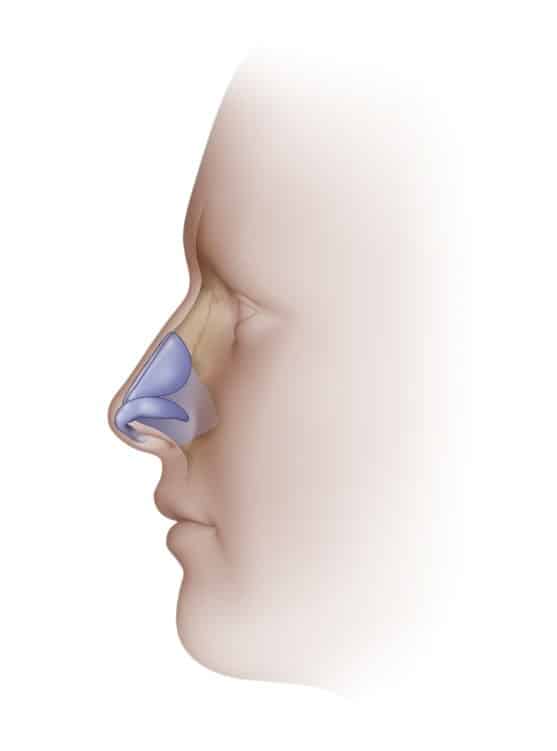An “open” rhinoplasty involves making a small, non-linear incision in the columella of the nose- the part of the nose between the nostrils. An endonasal or “closed” rhinoplasty is all performed using incisions inside the nose. There is a significant learning curve to any rhinoplasty, but the closed approach is more difficult to learn. The open or closed approach is more than just a way to access the nose, however; certain techniques can be most optimally performed with one or the other approach while others can be well done with either. Most experienced rhinoplasty surgeons can select the best approach for your specific needs.

Problems with the nose profile or width of the bones can usually be well addressed with a closed approach. Sometimes however if there is a lot of reduction or a narrow nose “spreader grafts” are helpful to maintain the width and airway in the middle of the nose; these can be placed in a closed fashion but are most easily and precisely performed with the open approach.
Minor tip narrowing can be done with a closed approach but at least in our hands more major tip refinement and narrowing can best be done with an open approach. In more complex rhinoplasty cartilage grafts from the septum, ear, or rib may be used to support or contour the nose. There are situations where a closed approach with a “precise pocket” is the optimal way to place these grafts. There is no need in this case to suture the grafts in place and healing is faster and more predictable. Obviously, complex nose reconstructions such as the cleft lip nose are usually best done with the open approach.
Overall the closed or endonasal approach avoids the scar, is faster to perform, and heals more rapidly. We select it whenever we feel we can achieve the patient’s goals just as well as if we used the open approach. The end outcome however is most important and if we believe the open approach can achieve a better result we use it.
This is a discussion we have with the patient based on their specific goals and anatomy.
